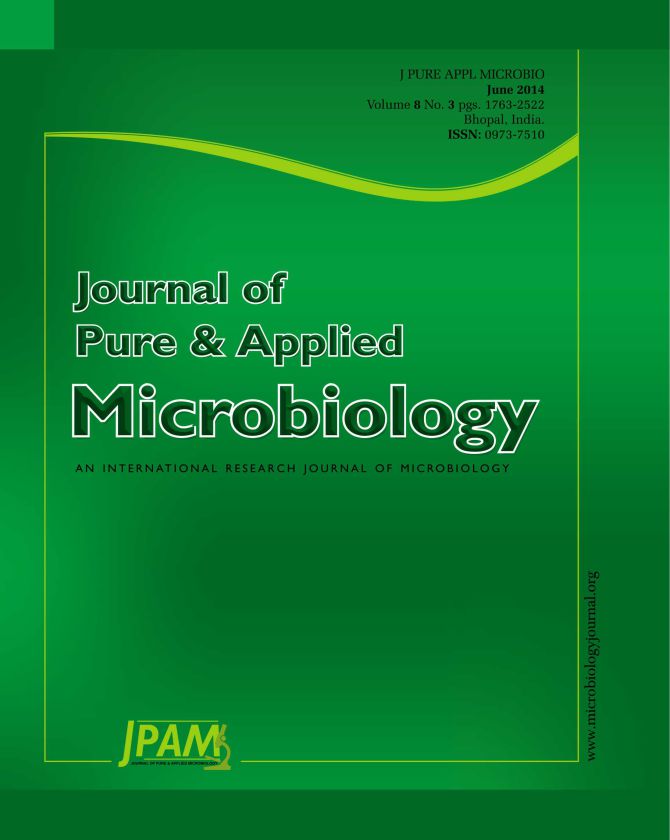To identify microsporidian infection-related proteins, comparative proteomic studies were performed of midguts from Bombyx mori (B. mori) inoculated orally with either Nosema bombycis (N. bombycis group) or Nosema antheraeae (N. antheraeae group) or water (the control group) at 24 h and 72 h post-inoculation (pi). At 24 h pi, there were 478, 485 and 432 protein spots in the two-dimensional electrophoresis gel images for N. bombycis group,. antheraeae group and the control group, respectively. However, at 72 h pi, only 428 protein spots were detected in N. bombycis group, whereas 481 and 498 protein spots were detected in N. antheraeae group and the control group, respectively. A total of 63 differentially-expressed protein spots were excised from gels and analyzed by mass spectrometry, and 21 protein spots were identified. These proteins include: (i) enzymes involved in carbohydrate metabolism such as enolase, (ii) enzymes involved in protein and amino acid metabolism such as proteasome alpha 3 subunit, (iii) proteins involved in immune responses such as thiol peroxiredoxin, and (iv) some other proteins such as vacuolar ATP synthase catalytic subunit A. Particularly, in N. bombycis group, the expression of actin-depolymerizing factor 4 was absent at the two time points tested. Possible causes for the differential expression are discussed.
Bombyx mori, Comparative proteomics, Midgut, Nosema antheraeae, Nosema bombycis
© The Author(s) 2014. Open Access. This article is distributed under the terms of the Creative Commons Attribution 4.0 International License which permits unrestricted use, sharing, distribution, and reproduction in any medium, provided you give appropriate credit to the original author(s) and the source, provide a link to the Creative Commons license, and indicate if changes were made.


